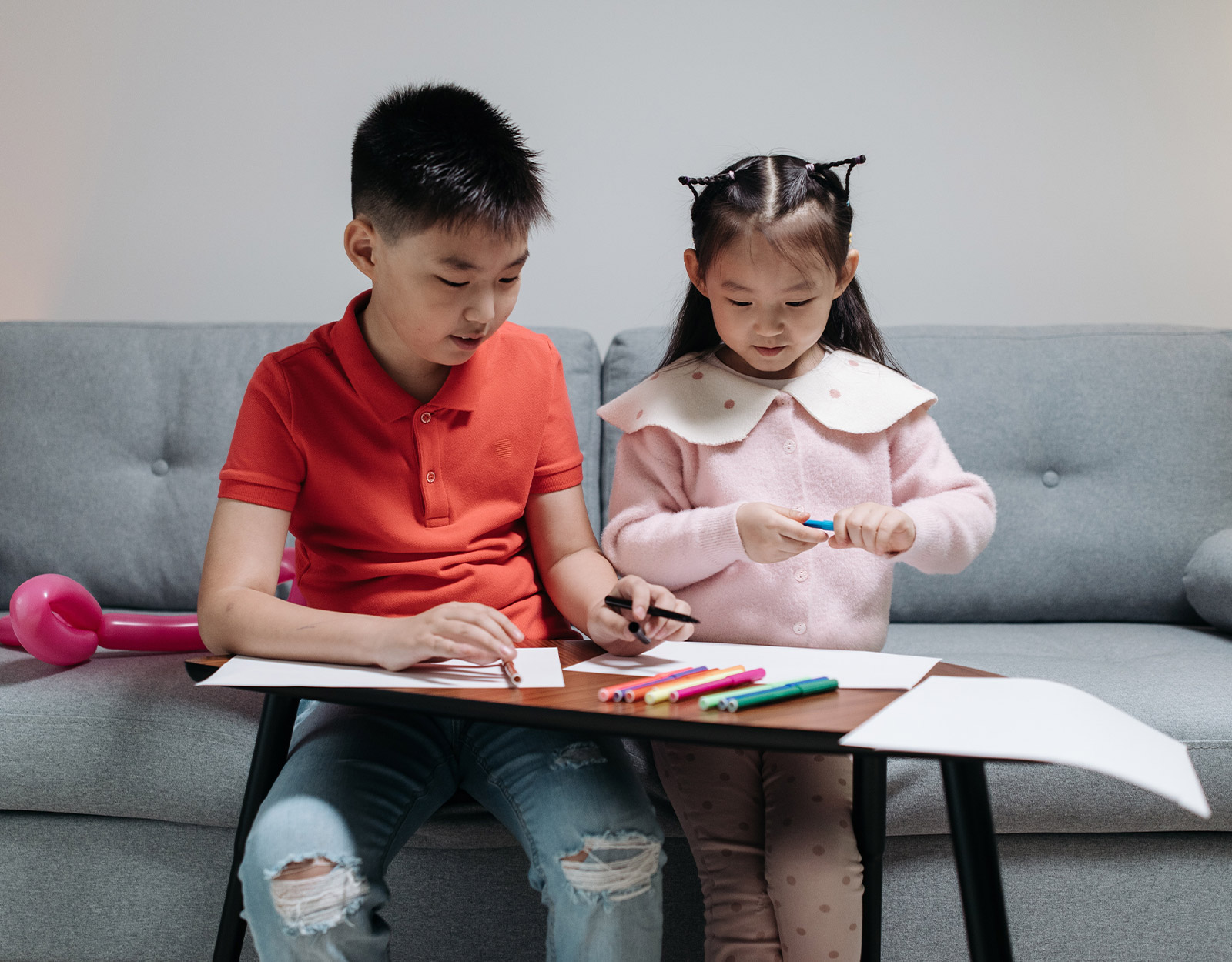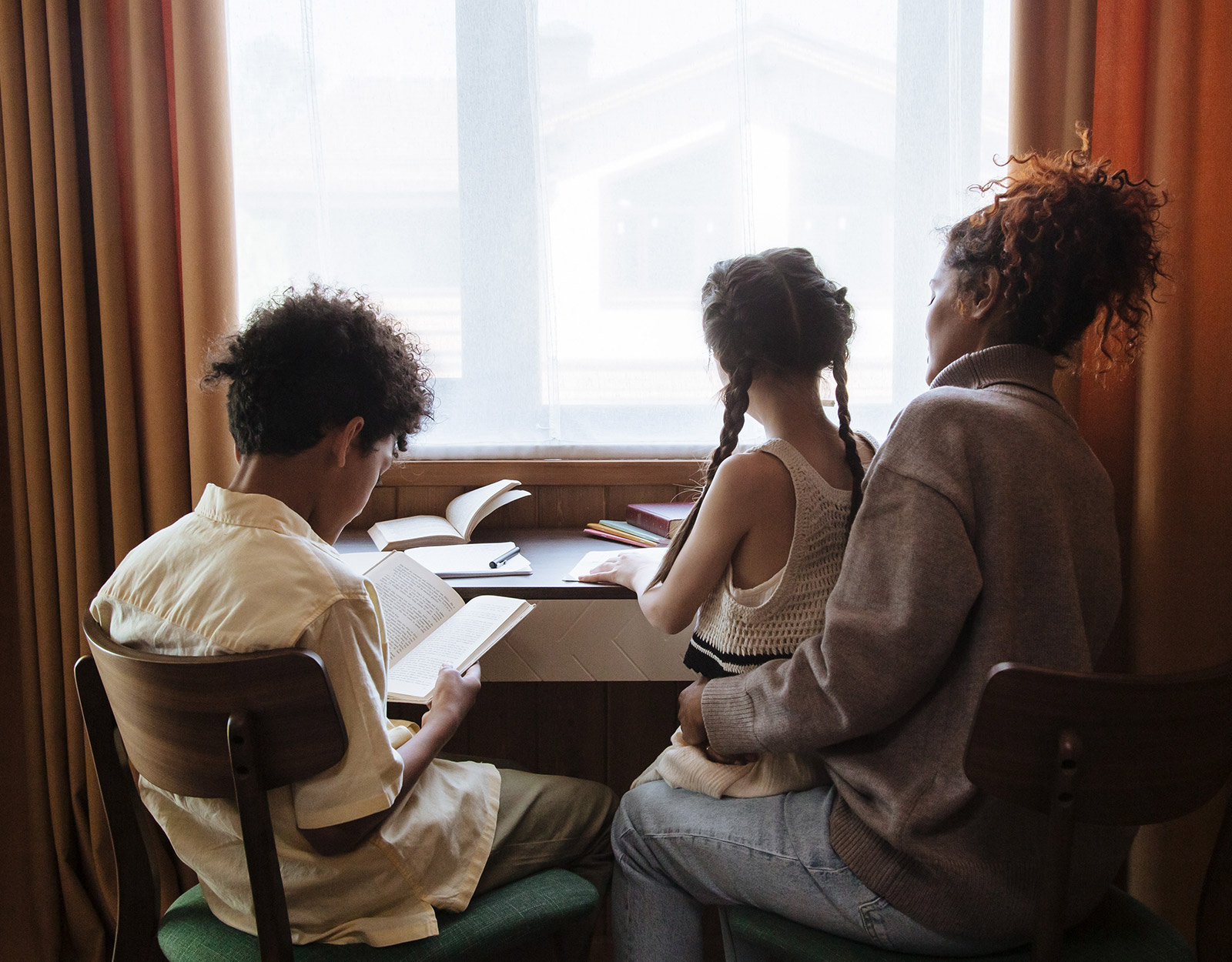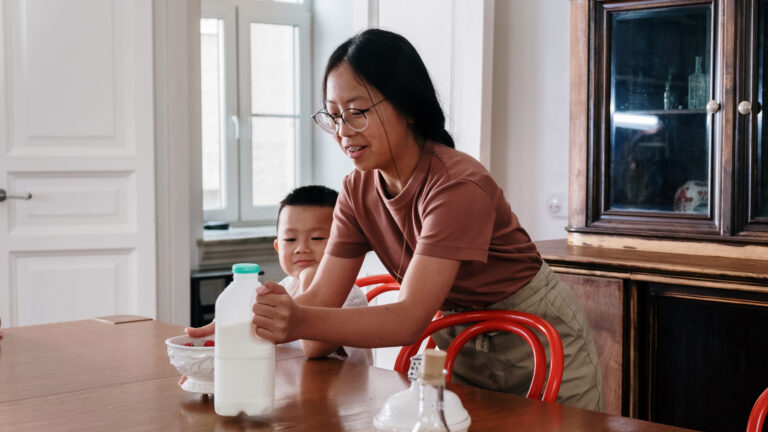Real Talk
How The Eldest Sibling Becomes The Third Parent
The eldest sibling somehow self-assigns themselves or assumes the role of the ‘third’ parent and it’s toxic.
Living as an only child means having all the attention of the parents. But when a new sibling arrives out of nowhere, it creates a need to distribute the attention. The former only child now has two options: either to compete for affection or become the ‘third’ parent. Many times, however, the eldest sibling becomes the ‘third’ parent. They may even be stricter than the parents themselves!
How the Eldest Sibling Becomes the ‘Third’ Parent
The eldest child, whether we admit it or not, is our “practice child.” They were the ones we tested all these parenting theories, techniques, and diets on to see which worked best. The trial-and-error aspect of parenting as new parents definitely had us fumbling for quite some time, especially when trying to deal with some of our possible unresolved issues with our own parents but also trying to raise our kids to be better than us while not getting triggered. It sometimes leads to the eldest child learning how to self-regulate and “parent” us when new parenthood batters us.
Being our guinea pig, the eldest child, as they grow older and wiser, understands what went wrong in our parenting them and creates their own techniques to police their sibling based on the experiences they had with us. Like, if the younger sibling spills a glass of milk by accident but we used to yell at the eldest for that slight mistake, the eldest will most likely either yell at the younger sibling or immediately clean it up to “cover up” for their younger sibling to protect them from the incoming scolding, yelling, or spanking.

Eldest Sibling Assuming the Parent Role: Parentification or Role Reversal
When the eldest child assumes the parent role, we call this “parentification” (Boszormenyi-Nagy and Spark, 1973) or “role reversal” (Mayseless, Bartholomew, Henderson, & Trinke, 2004). First coined by Boszormenyi-Nagy and Spark (1973), they used it to define problematic family dynamics when the eldest child takes on more parental responsibilities and duties that exceed what the culture and society consider normal. As a trauma, some parents have passed this kind of behavior down to their kids and created generational trauma through kids of the same gender like how a mother’s volatile temper forces a daughter to develop soothing techniques and how a dad’s inability to express himself emotionally leads to a son being more vigilant of body language (Macfie, Mcelwain, Houts & Cox, 2007).
The Basis: The Trauma and Stress
But that’s not to say we won’t and shouldn’t change our parenting styles as we age. What we learn from parenting our first child, we will apply to our second, third, or next kids and see how it works. But not all kids have the same personality. It’s a proven and common trend that the eldest child is usually the one who is more “disciplined” and “people-pleasing” than the other siblings. They are also fiercely protective of their younger ones because most of the memories they will use as a basis are the ones when they were punished. Not rewarded.
When the Eldest Sibling Becomes the “Emotional” Parent
Back in the day, people defined parenting based on having a child and giving them all their basic needs. Emotional needs didn’t fall under that, which is how most families become dysfunctional. As the “eldest child,” being the emotional parent means soothing their parents when they’re feeling depressed, anxious, and angry. But the most common soothing besides hugs and kisses was serving as the “mediator” when parents fight with one another. It also doesn’t always result well because as kids, they are still developing with limited observation skills and grappling with the abstract, which is what emotions are.

How does this happen to Filipino families?
Unfortunately, in Philippine society, it’s difficult to draw the line between what is a parent’s role and what a kid’s is because of the need to have a united family identity. There’s no boundary when it comes to what kids or parents need to do. But it gets extra toxic when Filipino families do this:
- Make the eldest sibling the breadwinner – The eldest sibling somehow gets burdened to feeding and providing for the whole family, forcing them to take on several jobs even though they’re not skilled in it. And when they fail or refuse to do so, the parents often lash out and use the utang na loob card because some parents feel that they “invested” more in their eldest child.
- Helicopter the youngest sibling – It’s no surprise that the youngest or the bunso is the most loved that, we don’t notice how we give them more leeway than we ever did for our eldest. Especially when parents notice that the youngest is about to fail, they are quick to command the eldest sibling to cushion or salvage the efforts with the recognition still going to the youngest.
- The eldest sibling ends up having to discipline – Out of love for the youngest, some of us can’t find it in our hearts to discipline them the same way we did the eldest. That then leaves the eldest sibling to play a police officer and villain, creating a bigger rift between siblings. It gets worse when we’re inconsistent and we get angry at the eldest sibling for disciplining the youngest sibling for a behavior that they were once disciplined for.
Some good can come out of it, however.
The eldest sibling is more aware of the changing times and speaks the language of both eras: the traditional and the modern. But that’s still no excuse to have them as the main parent. There needs to be a boundary on how the eldest sibling supports the parent to be a parent. It can be as simple as translating what the younger sibling said because of the constant use of internet slang or cooking some additional food in case the take-out isn’t enough. At the end of the day, being a parent is not just about providing the basic physical needs but the emotional ones, too.
References
Castro, D. M., Jones, R. A., & Mirsalimi, H. (2004). Parentification and the impostor phenomenon: An empirical investigation. The American Journal of Family Therapy, 32(3), 205-216.
Hooper, L. M., Marotta, S. A., & Lanthier, R. P. (2008). Predictors of growth and distress following childhood parentification: A retrospective exploratory study. Journal of Child and Family Studies, 17, 693-705.
Macfie, J., Mcelwain, N. L., Houts, R. M., & Cox, M. J. (2005). Intergenerational transmission of role reversal between parent and child: Dyadic and family systems internal working models. Attachment & human development, 7(1), 51-65.
Mayseless, O., Bartholomew, K., Henderson, A., & Trinke, S. (2004). “I was more her mom than she was mine:” Role reversal in a community sample. Family Relations, 53(1), 78-86.
More about Filipino family culture?
10 Things Filipinos Should Stop Saying at Family Reunions
How Utang na Loob Made Filipino Families Toxic
Why Do Filipinos Migrate and What Happens After?





